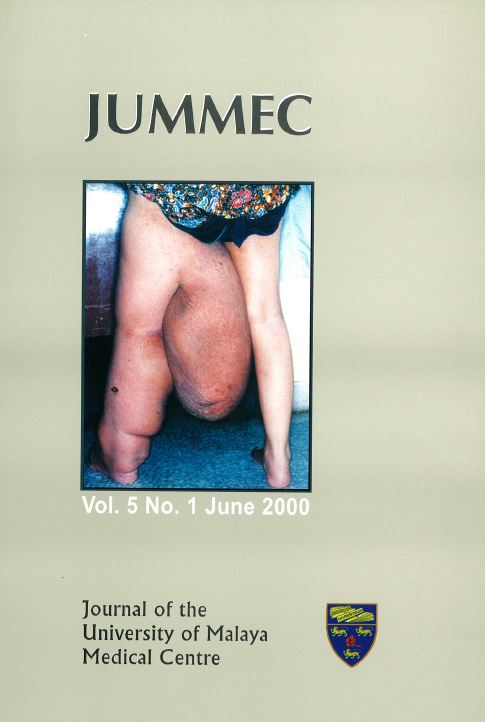Rapid Urease Test in the Diagnosis of Helicobacter Pylori Infection
Abstract
Many tests are available for the diagnosis of H. pylori infection. Broadly they can be divided into invasive- endoscopy biopsy based tests and non-invasive tests. Of the endoscopy biopsy based tests the rapid urease tests (RUT) have been found to be the most convenient, accurate and inexpensive tests and they have therefore been recommended by several consensus panels and working parties as the test of choice during endoscopy. Several RUTs are available; some are commercial: CLO test, Pyloritek, Helicobacter urease test, H. pylori test and others~ "homemade". We strongly recommend the
"homemade" 1 min rapid urease test using an unbuffered solution as originally described by Arvind ct al. This test has been shown to be easy to prepare, inexpensive and accurate on field-testing.
Several factors affect the accuracy of the RUT. The larger the size of biopsy samples, the quicker is the postive reaction time. With the CLO test, warming the tests to 37'C has also been shown to hasten the reaction time. The effect of blood on the RUT poses an important problem in testing. It is vitally important to determine the H. pylori status in patients with bleeding peptic ulcers as the recurrence of bleeding has been shown to be markedly reduced or virtually abolished with H. pylori eradication. While
the results of studies have not been entirely consistent, it is likely that presence of blood does reduce the sensitivity of the RUT. It is therefore sensible that in patients with bleeding ulcers, the RUT should not be the sole endoscopy biopsy test used and that samples should also be taken for histological examination.
Downloads
Downloads
Published
Issue
Section
License
All authors agree that the article, if editorially accepted for publication, shall be licensed under the Creative Commons Attribution License 4.0 to allow others to freely access, copy and use research provided the author is correctly attributed, unless otherwise stated. All articles are available online without charge or other barriers to access. However, anyone wishing to reproduce large quantities of an article (250+) should inform the publisher. Any opinion expressed in the articles are those of the authors and do not reflect that of the University of Malaya, 50603 Kuala Lumpur, Malaysia.


